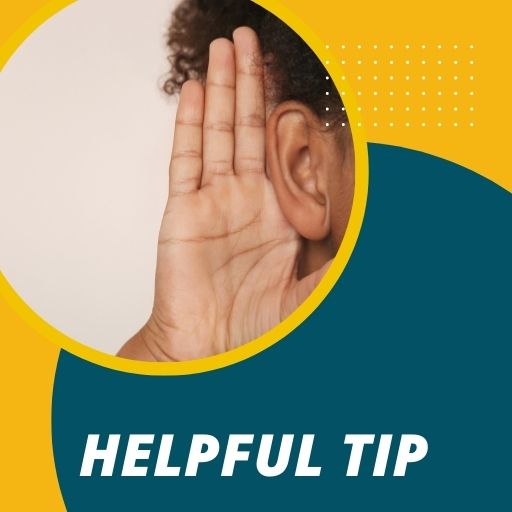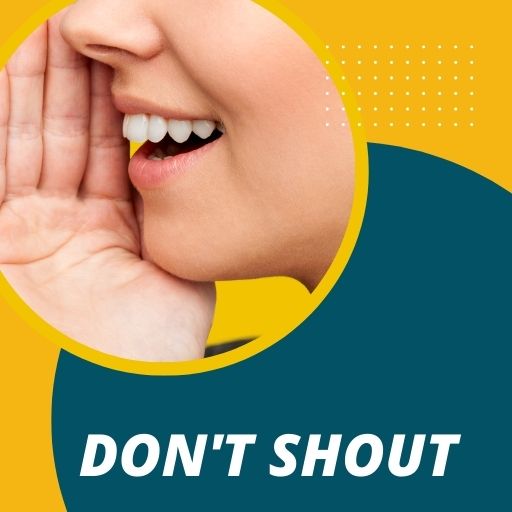People Who Are Deaf or Have a Hearing Loss
BRITISH SIGN LANGUAGE is an entirely different language from English, with a syntax all its own.
Lip reading is difficult for people who are Deaf if their first language is BSL because the majority of sounds in English are formed inside the mouth, and it’s hard to speech read a second language.
How To Be Helpful
People who have a hearing loss, however, communicate in English. They use some hearing, but may rely on amplification and/or seeing the speaker’s lips to communicate effectively.
There is a range of communication preferences and styles among people with hearing loss that cannot be explained in this brief space.
It is helpful to note that the majority of people who incurred a hearing loss as adults do not communicate with sign language, do use English, and may be candidates for writing and assistive listening devices to help improve communication.
People with cochlear implants, like other people with hearing loss, will usually inform you what works best for them.
For a simple interaction (e.g., ordering in a restaurant or registering for a hotel room) writing back and forth is usually OK.
Follow the person’s cues to find out if she or he prefers sign language, gesturing, writing or speaking. If you have trouble understanding the speech of a person who is deaf or hard of hearing, let her or him know.

Helpful Advice and Tips
People who are deaf need to be included in the decision-making process for issues that affect them; don’t decide for them.
Before speaking to a person who is deaf or has a loss of hearing, make sure that you get her attention. Depending on the situation, you can extend your arm and wave your hand, tap her on the shoulder or flicker the lights.
Rephrase, rather than repeat, sentences that the person does not understand.
When talking, face the person. A quiet, well-lit room is most conducive to effective communication. If you are in front of the light source (e.g., a window) with your back to it, the glare may obscure your face and make it difficult for the person who is hard of hearing to speech read.
Speak clearly. Most people who have a hearing loss count on watching people’s lips as they speak to help them understand. Avoid chewing gum, smoking or obscuring your mouth with your hand while speaking.
There is no need to shout. If the person uses a hearing aid, it will be calibrated to normal voice levels; your shout will just distort the words.
People who are deaf and some who have a hearing loss or speech disabilities make and receive telephone calls with the assistance of various technologies including a TTY (short for teletypewriter) or a video relay service.
VRS enables a person who is deaf or has a hearing loss to make and receive telephone calls through a communications assistant who is a qualified British Sign Language Interpreter.

For many people who are deaf or have a hearing loss, VRS is closer to “functionally equivalent” telephone services than any other form of relay service.
For British Sign Language users, VRS conversations flow more smoothly, naturally, and faster than communicating by typing.
When a TTY user calls a business that does not have a TTY, she places the call through her relay service.
Likewise, a business that does not have a TTY can reach a customer who is a TTY user through the relay service.
If you receive a relay call, the operator will identify it as such. Please do not hang up; this is the way that people who are deaf are able to place an order at your business, find out what hours you are open, or make a reservation at your restaurant.
